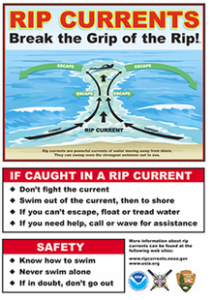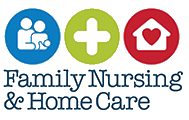Do you know what the flags mean?



Always swim between the two red and yellow flags flying on the beach. The lifeguard has decided this is the safest place to swim and will be looking out for you. No surfing is allowed in this area.
If a red flag is flying it means the water is dangerous. Do not enter as strong currents could pull you out to sea.
A black and white squared flag is not used in Jersey, but you may see it on holiday in England. It means it is a surfing area.
Do you know which Jersey beaches have lifeguard cover?
So, are you ready to go to the beach now? Have you got everything you need? Have you told an adult where you are going?













